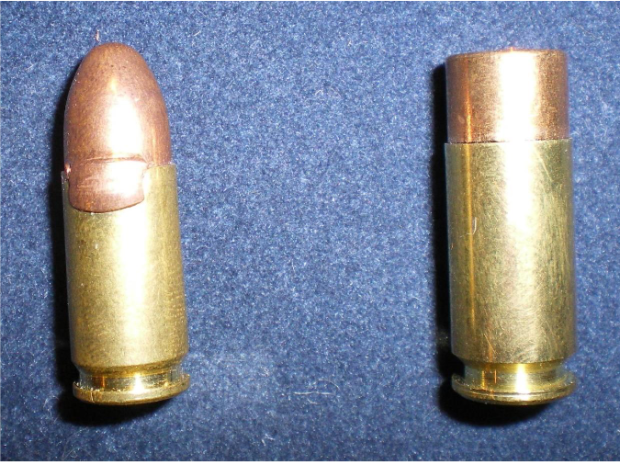A couple weeks ago, I saw that Tom Givens had posted the article below on his Patreon page. I’ve been seeing the same things in my classes and wanted to warn my students. I asked Tom for permission to reprint the article and he graciously agreed. If you aren’t a member of Tom’s Patreon page, you should remedy that posthaste. Ten dollars a month is a small price to pay for the information Tom provides.
Ammunition Dangers
The energy that functions a semiautomatic pistol is generated by the firing of the cartridge. The same energy that propels the bullet forward, sends the slide to the rear. In addition, the cartridge has to strip cleanly from the magazine’s feed lips, ride smoothly up the feed ramp into the chamber, and seat fully into the chamber, allowing the slide to lock in battery. This all means that your pistol is thoroughly dependent on proper ammunition to function correctly. If you really need a pistol, you need it to work!
Not counting the tons of imported ammo, American manufacturers turn out approximately 25 Million cartridges PER DAY. That is an astonishing number. I don’t care if you make 25 Million steel washers, some of them will be out of spec and unusable. The same applies to ammo. Right now, quality control for all ammo makers is dismally poor, as they scramble to meet demand. This means you will need to carefully inspect and then safeguard ammunition you will bet your life on. I have included several photos of bad rounds, taken directly from freshly purchased boxes of factory ammunition. A careful visual examination of the ammo, before loading it into a magazine, can prevent catastrophic failures later. For instance:
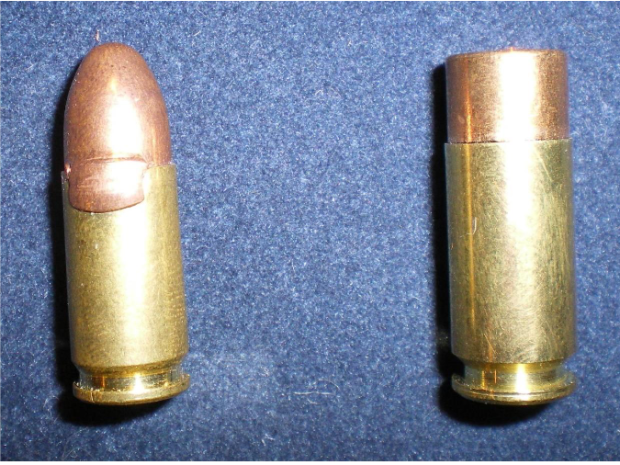
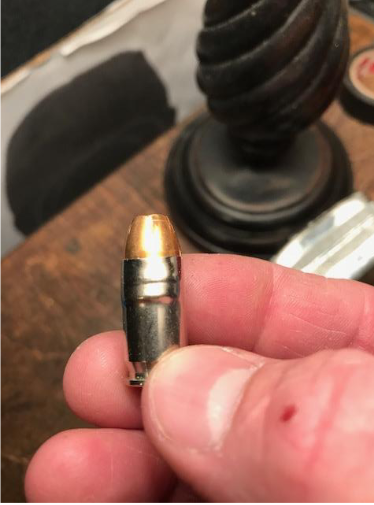
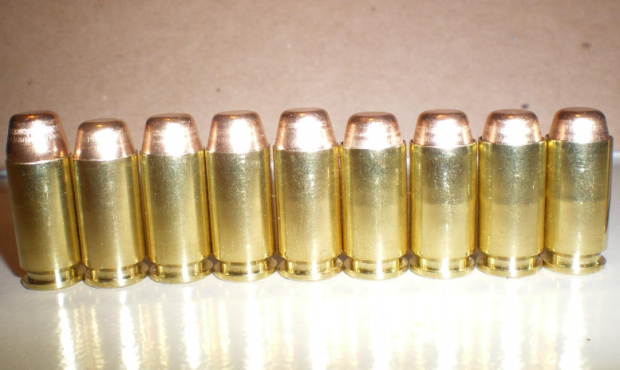
This last photo shows a common and dangerous condition. In this particular instance, I believe this box of ammo was dropped onto a concrete floor, resulting in the bullets pushed into the cases.
Many times, however, this is the result of rechambering the same round several times. Every time you chamber a round, the bullet nose strikes the feed ramp rather forcefully, and repeated
impacts can push the bullet into the case.
Look at this cut-away, which helps understand the danger of this condition:
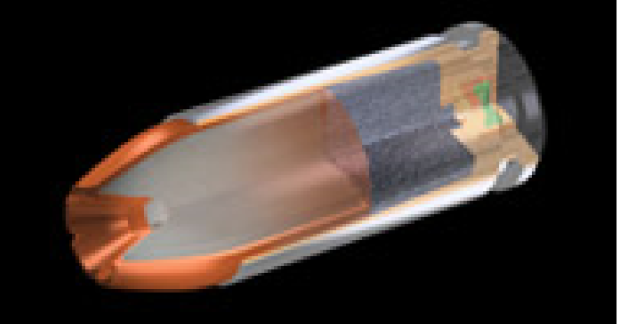
Cut-away or “X-ray” view of a loaded handgun cartridge.
Notice that the bullet extends well inside the cartridge case.The powder charge is trapped in a relatively small space between the base of the bullet and the base of the cartridge case. When
the bullet is pushed deeper into the case it compresses the powder charge, changing its designed burning rate and causing pressures to spike. This can lead to blowing the case head right
off the cartridge, like this:
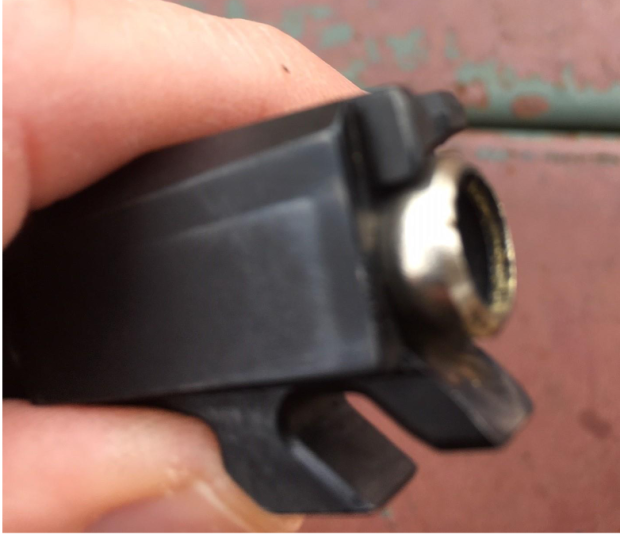
Visually inspect ammo before use, and don’t rechamber a round more than twice and you’ll have fewer ammo problems.

